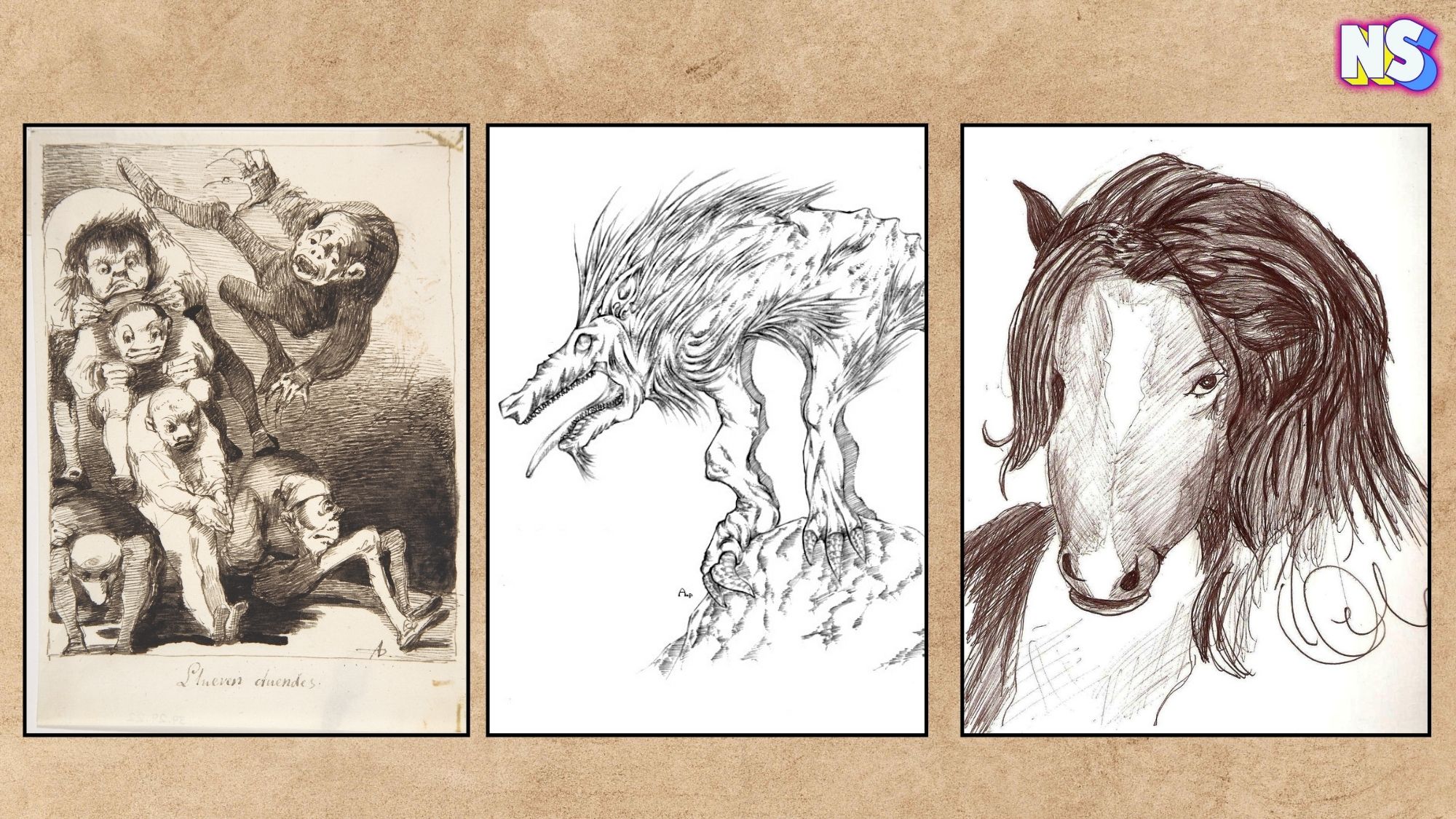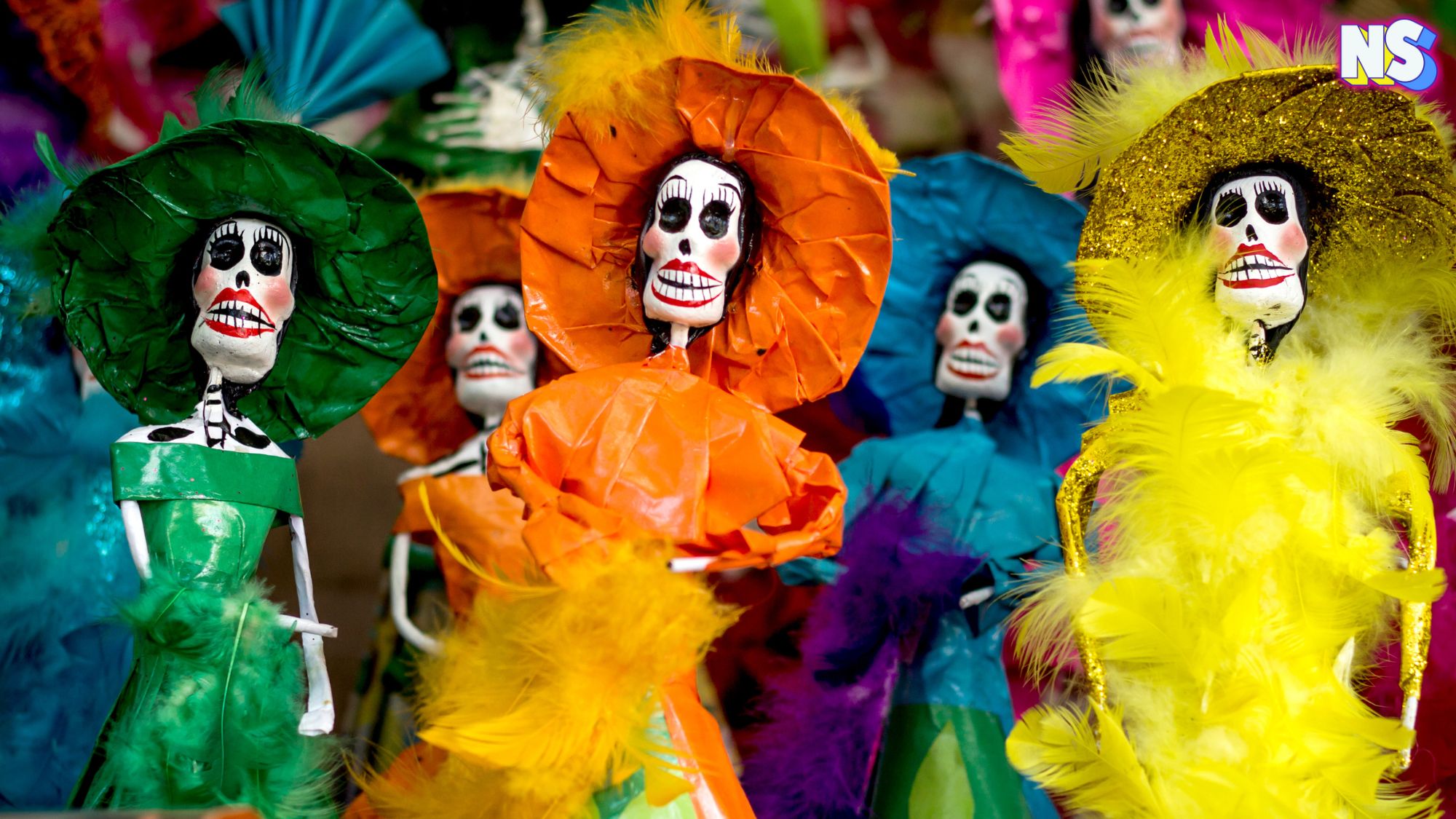It’s happening. Halloween decor, candies and costumes are on store shelves! From the grocery stores to the local pharmacies, the aisles are brimming with black and orange flare! And, yes, it may seem a little too early, but that’s totally ok because, this Friday, one of our favorite Halloween “monsters” is back: Beetlejuice. Originally released in 1988, Beetlejuice Beetlejuice, the highly-anticipated sequel to the iconic fantasy comedy horror film, is hitting theaters on September 6. More than three decades later, we have more reasons to celebrate. We're also taking a moment to remember historic Latin American monsters, who, like Beetlejuice, left an impression on our younger selves.
For Latinos and Horror Lovers
Beetlejuice Beetlejuice is huge for Latinos and horror lovers alike. There are good reasons for this. For one, Mexican-Puerto Rican-American actress Jenna Ortega is taking the spotlight as the classic character Lydia’s daughter Astrid. This is simply a big win for Latina representation in Hollywood. Ortega, who even discussed being Latina during a recent press interview, is currently promoting the film and serving up iconic looks that echo the franchise’s wardrobe staples.
Beyond Ortega though, another actor who many are looking forward to seeing is Michael Keaton who plays the original charmer-from-beyond Beetlejuice. Keaton will be reprising the iconic, mischievous role – undoubtedly serving chaos on screen.
To celebrate Beetlejuice Beetlejuice’s premiere, let's look back on three historic Latin American monsters that paved the way for all creatures of the night. And, it's ok. You can say their names three times in a row.
3 Historic Latin American Monsters
Duendes
Duendes (elves) are to me, one of the most terrifying monsters in Latin America. Growing up, I would listen to my elders talking about duendes stealing babies from their cribs. The legend goes that these mischievous little creatures would either steal kids or protect them, depending on where you grew up. In Mexico, it was believed that if they were challenged, they could cause diseases or other malice.
“In places such as Guam or Belize, he will kidnap kids. In other places, he is protecting them. In other cases, he’s guarding the forest and animals from wrong-doers,” Owlcation explains.
Regardless of the reason behind the elf’s presence, I could live without seeing them!
El Chupacabra
El Chupacabra, or goat sucker, has been known for years since its first sighting in Puerto Rico in the late 1980s. According to reports, the creature resembles the likings of a vampire because it kills animals by sucking their blood. Sightings of this spooky creature allegedly took place in farmlands, but people have said to have seen them in cities too.
But , hey, like every myth, it depends on where and who you heard it from. “In some places, the chupacabra is a mysterious predator lurking in the forest; in others, it is a sensational, sometimes tongue-in-cheek, media creation,” the American Museum of Natural History says.
La Siguanaba
La Siguanaba is a popular Central American myth. The legend goes that she’s a shapeshifter posing as an attractive woman with long hair who takes revenge on unfaithful men. However, her real appearance is often described as a horse face with backwards-facing feet.
“Usually, she goes for to the men who are unfaithful, also appears regularly in uninhabited places, especially in the dumps, ravines, and rivers, where she leads the men to the death with a fake illusion of love, and makes them fall in a ravine which causes the loss of the soul (It’s like the charm of the mermaids),” this report details.





